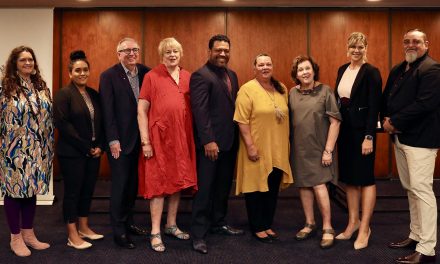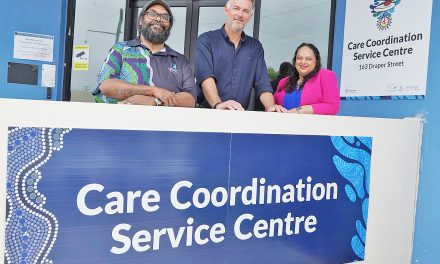Women who receive support through an Indigenous-led model of maternity care are three times less likely to have Indigenous newborn children removed by child protection services, new research has shown.
It comes in the wake of a scathing Productivity Commission report which threw a spotlight on the failure by successive governments to reduce the issues of out-of-home care for Indigenous children.
The research, from the Institute for Urban Indigenous Health (IUIH), highlighted data collected at UIH’s Salisbury ‘Birthing in Our Community’ (BiOC) Community Hub in from 2013 to 2019. The results showed a significant decrease in the number of mothers who had their children removed when undertaking the BiOC service model, as opposed to the standard care.
During the study, data was collected from both Mater Mothers’ Hospital in Meanjin (Brisbane), and the IUIH BiOC Community Hub in Salisbury. The catchment area of the hospital is home to one of the largest and fastest growing Indigenous populations in Australia.
The study saw 1988 pregnant women with Indigenous babies offered a choice between the standard care and the BiOC service. 944 women with 960 babies received BiOC care, whilst 1044 women with 1048 babies received the standard care.
The results showed 31 women who received standard care had children removed by CPS, compared to nine women who received the BiOC care model. The BiOC model also showed a “significantly lower removal rate (9.5 per 1000)” than the national rate of 57.8 per 1000.
Bundjalung woman and BiOC’s service development manager, Kristie Watego, said the results confirmed it was possible to make meaningful changes to metrics with “holistic co-designed services”.
“Existing maternity care models, and child protection systems, lack preventative measures and fail to prioritise family preservation,” Ms Watego said.
“IUIH’s Birthing in Our Community service is a holistic, Indigenous-led and governed, multi-agency partnership between Aboriginal community-controlled health services and hospitals in parts of Southeast Queensland.”
Data from 2021-2022 in the South-Queensland jurisdiction where the research is recorded, Indigenous children made up 43 per cent of all infants in out-of-home care whilst only accounting for 9.7 per cent of the infant population.
Ms Watego said the research showed the care improved family outcomes, reduced child protection intervention, and significantly reduced related costs for the health system.
“[W]omen come earlier and more often during their pregnancy because we’ve built relationships and connection[s] with them,” she said.
“They feel comfortable and trust our staff, and that means they disclose challenges and then engage to strengthen themselves and their families.
“That’s at odds with what you often see in standard services with women concerned about child protection services.”
Indigenous-led organisations have long argued the best way to help close the gap is through programs that listen and interact with Indigenous-led approaches to issues disproportionately impact Aboriginal and Torres Strait Islander people.
Earlier this month the Prime Minister responded to closing the gap findings, arguing: “The old ways are not working”.
Aboriginal and Torres Strait Islander Community Health Service Brisbane chief executive, Renee Blackman, said the design of the program was integral for the improved outcomes out of the research data.
“Pregnancy and childbirth provide an opportune time to engage women and break cycles of trauma,” Ms Blackman said.
“Unfortunately, most strategies and funding are directed towards child removal at birth which is expensive and avoidable in many cases.”
The report was published in Child Abuse & Neglect, The International Journal by the International Society for Prevention of Child Abuse and Neglect.
In their conclusion, the authors state: “BiOC reduced removals of newborn Indigenous babies likely disrupting generational cycles of Child Protection Services (CPS) contact, trauma, and maltreatment, and contributing to short and long-term health and wellbeing benefits for mothers and babies”.
“The implications for policy and practice are clear. Investment must begin in pregnancy. Funding should be directed to Indigenous organisations and include employment of an Indigenous workforce to work side-by side with families and 24/7 midwives.”
This article was originally published in the National Indigenous Times, written by Dechlan Brennan. To view the original article, click here.











